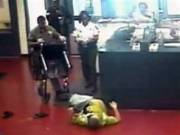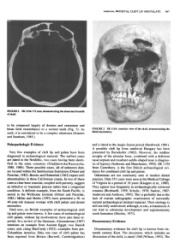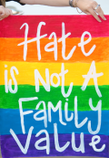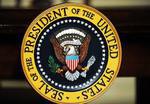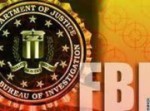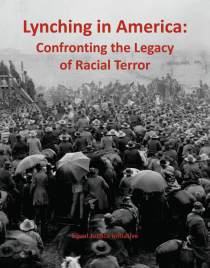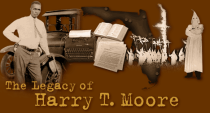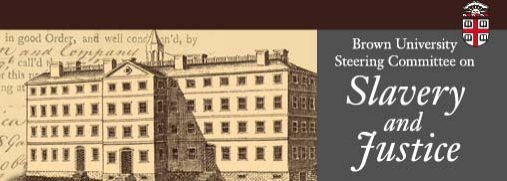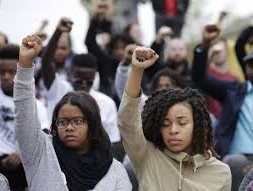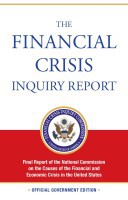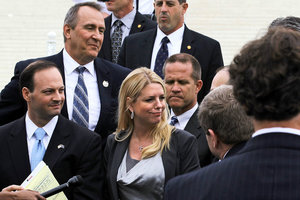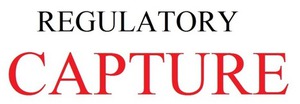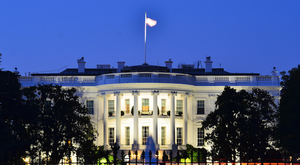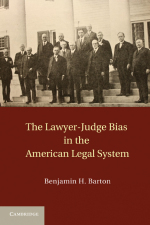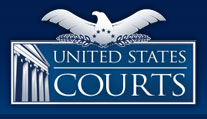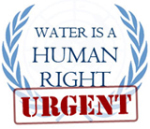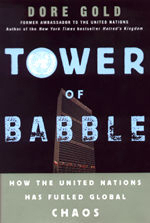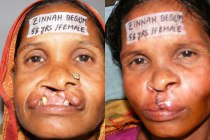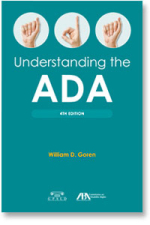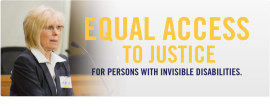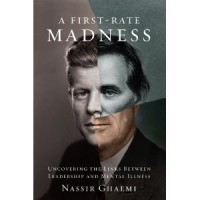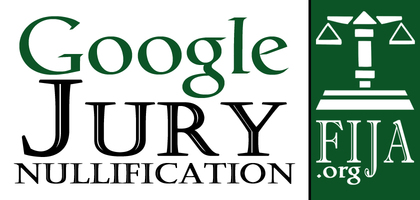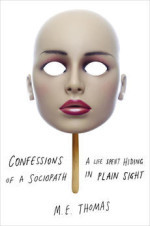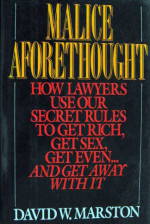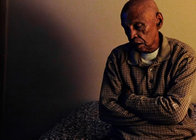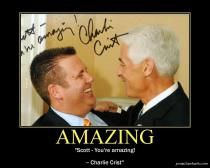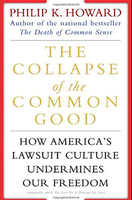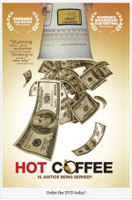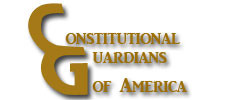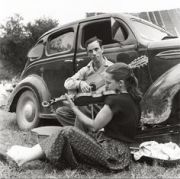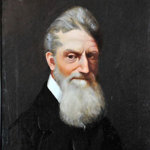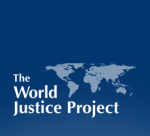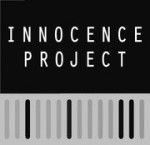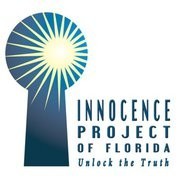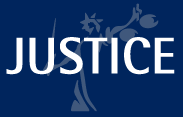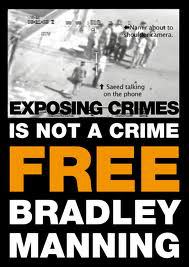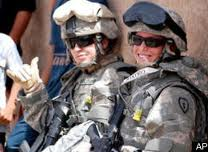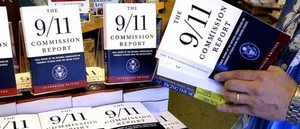Page under construction
Civil Rights - Florida Freak Shows and Dwarf Tossing
Why does Florida deprive children of healthcare?
And why does Florida deprive people of civil rights?
Grady Stiles performed as Lobster Boy in a freak show and lived in Gibsonton, Florida.
Facts showing how Florida has treated people
Section 877.16, Florida Statutes
prohibits the exhibition of deformed animals. See GARDNER v. JOHNSON, 451 So.2d 477 (1984), Supreme Court of Florida, May 31, 1984. But there is no law against the exhibition of deformed human beings.
That matter was settled in WORLD FAIR FREAKS AND ATTRACTIONS, INC. v.
HODGES, 267 So.2d 817 (1972), Fla.Sup.Ct., Oct-11-1972.
Constitutionality of Fla. Stat. § 867.01, brought into question by direct appeal, vesting jurisdiction. Fla. Const. art. V, §
4(2).
The statute prohibits the exhibition for pay or compensation of any crippled or physically-distorted, malformed or disfigured person in any circus, side show or other place where admission fee is charged, and makes the violation thereof punishable by one-year imprisonment or $1,000 fine...
Plaintiff Terhune was born a dwarf who has been booked and shown by Plaintiff World Fair Freaks and Attractions; Plaintiff Berent was born with deformed extremities and is generally known as "Sealo the Seal Boy." It is alleged that neither of these plaintiffs has any means of gainful employment except their exhibition publicly for profit, as with Plaintiff Attractions...The moral argument theorized by the State to bring the subject matter within the police power runs as follows:
"Such exhibitions tend to generate the public
concept of physically handicapped and deformed persons as freaks. Such a concept is morally intolerable in light of its impact upon those handicapped and deformed persons who do not care to be looked
upon as carnival acts. In addition, such a public concept would
logically tend to make it more difficult for physically handicapped and deformed persons to obtain normal employment that they are otherwise capable of engaging in. The result is that the support of
such persons ultimately falls upon the State. The State therefore has a legitimate economic interest in fostering enlightened public understanding and attitudes toward the true nature and problems of
the physically handicapped and deformed." (p. 2, Appellees' Brief)
We seriously doubt such a result as is suggested; in any event we do not consider [267 So.2d 819] such concept as sufficient to
support an exercise of the state's police power in the area, at least without properly defined standards as required in such statutes....
____________________________________________________________
Florida Lynched More Black People Per Capita Than Any Other State. Broward-Palm Beach New Times Blog. Marion County leads Florida in the number of lynchings, according to UF Professor Jack Davis. Lethal Punishment Chapter 5 shows a prevalence of white supremacy racism in Marion County.
__________________________________________________________________
Dwarfs Are Better Off Tossed Than Jobless, Florida Republican Says
(Bloomberg) -- Jobless dwarfs should have the option of being flung around a barroom for cash rather than standing in the unemployment line, according to one Florida state lawmaker.
Rep. Ritch Workman, a Melbourne Republican, introduced a bill to undo a ban on "dwarf-tossing" as part of what he says is his mission to repeal overreaching and outdated laws from Florida’s books...video
Quadriplegic disabled man Brian Sterner dumped from wheelchair on floor by Hillsborough Sheriff Deputy Charlette Marshall-Jones. CNN Video on YouTube.
Treatment of disabled man attracts national spotlight. St. Pete Times
CNN: Sheriff apologizes to man dumped from wheelchair.
List of cases of police brutality in the United States, Florida-Sterner
Three deputies lose jobs over dumping of man from wheelchair.
Quadriplegic man dumped by jailer in Hillsborough files lawsuit.
___________________________________________________________
Historically persons with congenital craniofacial deformities were stigmatized not unlike persons were stigmatized by Florida freak shows of deformed human beings. My college paper on the psychosocial implications of congenital craniofacial anomalies shows,
Historical Perspective (pp. 7-8)
Dr. Benjamin M. Spock, in his latest book A Better World For Our Children, provides a poignant example of the negative attitudes confronting persons with congenital deformities. On page 21 of his book, Dr. Spock relates a story told by his mother and the impact the remarks made on him. "She taught us that sinful thoughts were as harmful as deeds, and to touch ourselves "down there" was not just sinful but might cause birth defects in our children. After four years of medical school and four residencies, I thought I had long outgrown such teachings, but I recall when our first child was born I returned from the hospital's nursery to my wife's room to exclaim happily, "Mike has ten fingers and ten toes!"
Attorney Allen Fagin spoke at the 1992 NFFR Conference on facial disfigurement and noted that until recently a number of major American cities had "ugly laws" that imposed fines on "unsightly" people who were seen in public places. An example was the Chicago municipal code which, until 1974, fined persons who appeared in public who were "diseased, maimed, mutilated or in any way deformed, so as to be an unsightly or disgusting object".
In addition, I found examples dating from Medieval England*. One example dating from the late eleventh or twelfth century is the first evidence for both cleft lip and palate in British archaeology. "Despite the inability to breast-feed, and the possible social stigma, the individual had survived into adulthood"
Another example is found in documentary evidence from sixteenth century Kent*. The document, with an illustration of the child, is dated 1568. This document is interesting for two reasons. While descriptive of the facial cleft, the document clearly repudiates the child's mother for being unmarried. The headline of the document proclaims "The forme and shape of a monstrous child", and describes the cleft lip as "the mouth slitted on the right side, like a Libardes [lizard's] mouth, terrible to beholde". The document also proclaims "A warnying to England", describes the mother, one Marget Mere as, " ... being unmaryed, played the naughty packe, and was gotten with childe ... " The document suggest that this deformed child should be a warning to those indulging in a sinful life, and thus move them to repentance.
*Trevor Anderson, (1994) Medieval Example of Cleft Lip and Palate from St. Gregory's Priory, Canterbury. The Cleft Palate-Craniofacial Journal: November 1994, Vol. 31, No. 6, pp. 466-472. (PDF)
Wikipedia: Hate crime laws in the United States protect against hate crimes (also known as bias crimes) motivated by enmity or animus against a protected class. Although state laws vary, current statutes permit federal prosecution of hate crimes committed on the basis of a person's protected characteristics of race, religion, ethnicity, nationality, gender, sexual orientation, gender identity, and disability. The U.S. Department of Justice (DOJ)/FBI, as well as campus security authorities, are required to collect and publish hate crime statistics. read more
_________________________________________________________________
Wikipedia: Disability hate crime is hate crime arising from the hostility of the perpetrator towards the disability, or perceived disability, of the victim, or because of their perceived connection to disability. It
is often viewed politically as a logical extreme of ableism (sometimes known in the UK by the disputed word "disablism"), carried through into criminal acts against the person. This phenomenon can
take many forms, from verbal abuse and intimidatory behaviour to vandalism, assault, or even murder. Disability hate crimes may be one-off incidents, or systematic abuse that may continue over
periods of weeks, months or even years.
Disability hate crime may occur between strangers who have never met, between acquaintances or within the family. The two key requirements for an act to be called a
"disability hate crime" are that it is motivated in part or whole by prejudice against someone because of disability; and second, that the act is actually a crime.[1] read more
Recognition
Disability hate crime is currently one of the least recognised forms of hate crime.[citation needed] Sir Ken Macdonald, QC, the then Director of Public Prosecutions for
England and Wales stated in a speech to the Bar Council in October 2008 that "I am on record as saying that it is my sense that disability hate crime is very widespread. I have said that it is my
view that at the lower end of the spectrum there is a vast amount not being picked up. I have also expressed the view that the more serious disability hate crimes are not always being prosecuted as
they should be. This is a scar on the conscience of criminal justice. And all bodies and all institutions involved in the delivery of justice, including my own, share the responsibility." [2]
Read more
________________________________________________________________
- Congressional RS, State Statutes Governing Hate Crimes
- Hate Crime Law, A Practical Guide, OSCE Office for Democratic Institutions and Human Rights (ODIHR)
- Hate Crime Laws, Punishment to Fit the Crime
- ELON University, Federal Hate Crime Statutes
- NOLO Law: Hate Crimes Act (Matthew Shepard Act)
- FEDERAL HATE CRIME LAWS AND UNITED STATES V. LOPEZ:ON A COLLISION COURSE TO CLARIFY JURISDICTIONAL-ELEMENT ANALYSIS (U. Penn)
- Federal Hate Crimes Statute: An Unconstitutional Exercise of Legislative Power
- U.S. hate crimes, Definitions by various groups, State/federal laws, Religious Tolerance.org
___________________________________________________________
In re Fernando MALTA-Espinoza, File A92 717 834 - Eloy, March 11, 2004, A stalking offense for harassing conduct in violation of section 646.9(b) of the California Penal Code, which proscribes stalking when there is a temporary restraining order, injunction, or any other court order in effect prohibiting the stalking behavior, is a crime of violence under 18 U.S.C. § 16(b) (2000), and is therefore an aggravated felony under section 101(a)(43)(F) of the Immigration and Nationality Act, 8 U.S.C. § 1101(a)(43)(F) (2000).
___________________________________________________________
Hate Crimes Laws: The ADL
Approach
All Americans have a stake in an effective response to violent bigotry. Hate crimes demand a priority response because of their special emotional and psychological impact
on the victim and the victim's community. The damage done by hate crimes cannot be measured solely in terms of physical injury or dollars and cents. Hate crimes may effectively intimidate other
members of the victim's community, leaving them feeling isolated, vulnerable and unprotected by the law. By making members of minority communities fearful, angry and suspicious of other groups — and
of the power structure that is supposed to protect them — these incidents can damage the fabric of our society and fragment communities...
...In June 1993, the United States Supreme Court upheld a Wisconsin hate crime statute that was based on model legislation originally drafted by the Anti-Defamation
League (ADL) in 1981. (Wisconsin v. Mitchell, 508 U.S. 476 (1993))[Oyez link]. The following year, ADL published a detailed report on hate crimes laws, Hate Crimes Laws: A Comprehensive
Guide read more
Remarks by the President at Reception Commemorating the Enactment of the Matthew Shepard and James Byrd, Jr. Hate Crimes Prevention Act - 18 U.S.C. sec 249 Hate Crimes Act
Remarks by the President at Reception
Commemorating the Enactment of the Matthew Shepard and James Byrd, Jr. Hate Crimes Prevention Act
October 28, 2009
East Room, 5:45 P.M. EDT
THE PRESIDENT (White House YouTube Channel): Thank you so much, everybody. Thank you so much, and welcome
to the White House...This is the culmination of a struggle that has lasted more than a decade. Time and again, we faced opposition. Time and again, the measure was defeated or
delayed. Time and again we've been reminded of the difficulty of building a nation in which we're all free to live and love as we see fit. But the cause endured and the struggle
continued, waged by the family of Matthew Shepard, by the family of James Byrd, by folks who held vigils and led marches, by those who rallied and organized and refused to give up, by the late
Senator Ted Kennedy who fought so hard for this legislation -- (applause) -- and all who toiled for years to reach this day. read more
Read recent opinions addressing constitutional challenges to the Matthew Shepard and James Byrd, Jr., Hate Crimes Prevention Act:
U.S. Department of Justice
Hate crime is the violence of intolerance and bigotry, intended to hurt and intimidate someone because of their race, ethnicity, national origin, religious, sexual orientation, or disability.
FBI Investigate Civil Rights Hate Crimes
Federal hate crime law, 18 U.S.C. § 249 - Hate crime acts
U.S. Dept. of Justice: THE MATTHEW SHEPARD AND JAMES BYRD, JR., HATE CRIMES PREVENTION ACT OF 2009
The Matthew Shepard and James Byrd, Jr., Hate Crimes Prevention Act of 2009, 18 U.S.C. §
249, was enacted as Division E of the National Defense Authorization Act for Fiscal Year 2010. Section 249 of Title 18
provides funding and technical assistance to state, local, and tribal jurisdictions to help them to more effectively investigate and prosecute hate crimes....This
section of the statute has a broader reach than existing hate crime statutes. (18 U.S.C. § 245, for example, requires that
government prove not only that the crime was motivated by animus but also because of the victim's participation in one of six enumerated federally protected activities). Section 249(a)(1) was passed
pursuant to Congress's Thirteenth Amendment authority to eradicate badges and incidents of slavery. The government need prove no other "jurisdictional" element to obtain a conviction...
...Subsection (a)(3) of § 249 provides for prosecution of crimes committed because of any of the characteristics defined in (a)(1) or (a)(2), whenever such crimes occur
within the Special Maritime and Territorial Jurisdiction (SMTJ)[Wikipedia] of the United States. [DOJ memo April 2013]...
The statute criminalizes only violent acts resulting in bodily injury or attempts to inflict bodily injury, through the use of fire, firearms, explosive and incendiary
devices, or other dangerous weapons. The statute does not criminalize threats of violence. Threats to inflict physical injury may be prosecutable under other hate crimes statutes, such as 42 U.S.C. § 3631 or 18 U.S.C. § 245. Such threats may
also be prosecutable under generally applicable federal laws preventing interstate communication of threats. DOJ



